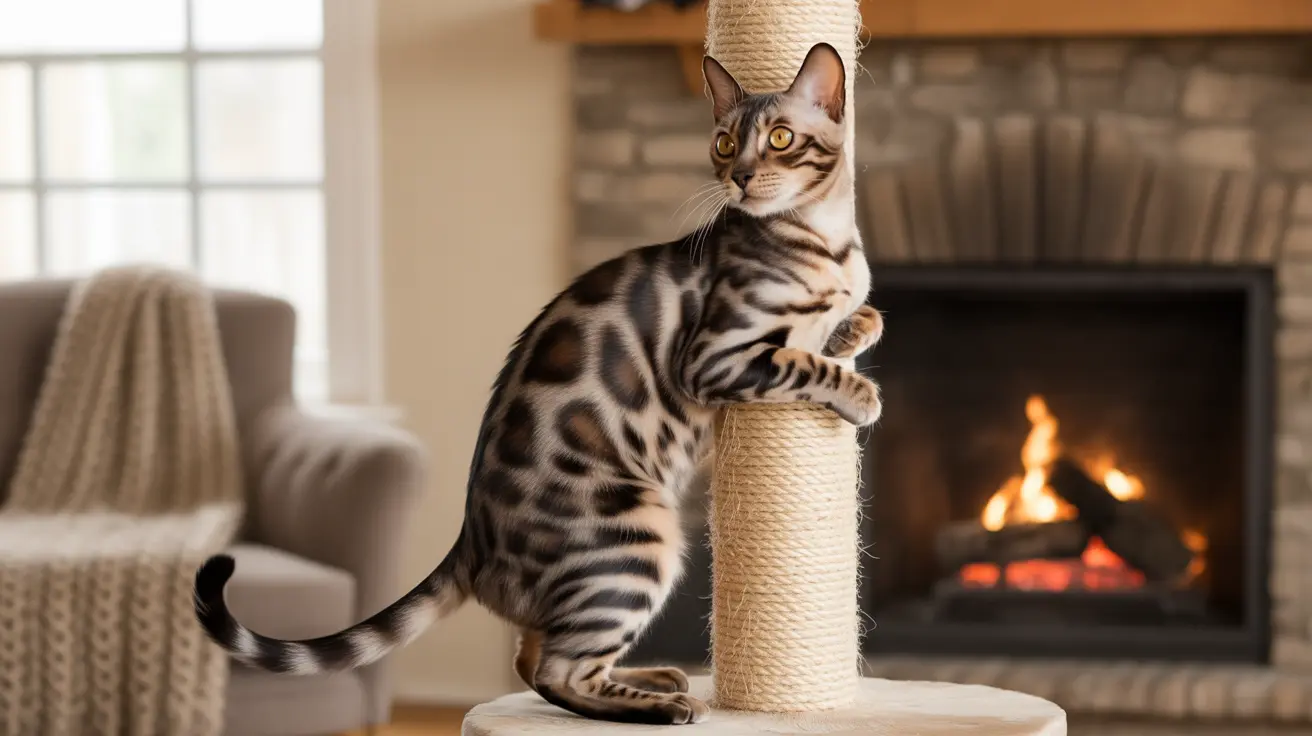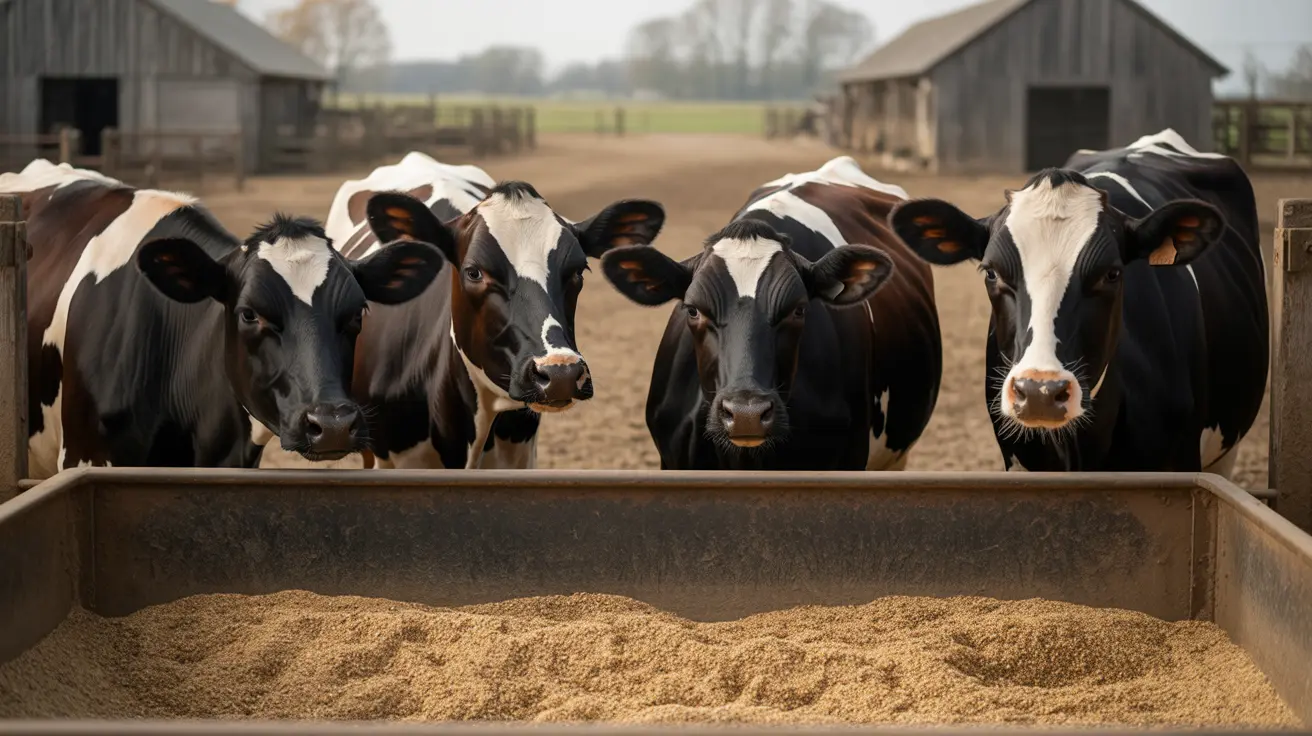The Legal Status of Cat Declawing in the UK
In the United Kingdom, declawing cats is strictly illegal under the Animal Welfare Act 2006, except in extremely rare cases where it's medically necessary. The procedure, known medically as onychectomy, is considered an act of animal cruelty and carries severe penalties. Veterinarians who perform non-therapeutic declawing risk losing their licenses, while individuals can face fines up to £20,000.
Recent legislation has further strengthened these protections. The Animal Welfare (Import of Cats, Dogs and Ferrets) Bill, passed in 2024, now prohibits the importation of declawed cats into the UK, closing a significant loophole in existing regulations.
Understanding the Declawing Procedure and Its Impact
Declawing is far more invasive than many realize. Rather than simply removing the nail, it involves amputating the last bone of each toe - equivalent to cutting off a human's fingers at the last knuckle. This surgical procedure causes significant trauma and can lead to:
- Chronic pain and lameness
- Behavioral changes and increased aggression
- Difficulty using litter boxes
- Reduced ability to defend themselves
- Long-term mobility issues
- Increased risk of biting
Why the UK Banned Declawing
The UK's ban on declawing reflects a deep understanding of feline nature and welfare. Scratching is an essential behavior for cats, serving multiple purposes:
- Territory marking
- Stress relief
- Nail maintenance
- Exercise and stretching
- Natural defensive capabilities
By preventing this natural behavior, declawing can cause significant physical and psychological distress to cats, leading to various behavioral and health issues.
Humane Alternatives to Declawing
UK veterinarians and animal welfare organizations recommend several effective alternatives to manage scratching behavior:
Regular Nail Maintenance
- Routine nail trimming (every 2-3 weeks)
- Professional grooming services
- Use of nail caps (soft plastic covers)
Environmental Management
- Multiple scratching posts in strategic locations
- Variety of scratching surfaces (sisal, carpet, cardboard)
- Cat trees and climbing structures
- Deterrent sprays for furniture
Behavioral Training
- Positive reinforcement techniques
- Pheromone products to reduce stress
- Environmental enrichment
- Professional behavioral consultation when needed
International Perspective and UK Leadership
The UK's stance on declawing aligns with many other progressive nations. Throughout Europe, including Germany, France, and Switzerland, the practice is banned. This positioning has helped establish the UK as a leader in animal welfare standards and has influenced policy changes in other countries, including parts of the United States and Canada.
Frequently Asked Questions
Is declawing cats legal in the UK and under what circumstances?
No, declawing cats is illegal in the UK except for rare medical necessities. The procedure is banned under the Animal Welfare Act 2006, with exemptions only for therapeutic reasons deemed essential for the cat's health.
What are the humane alternatives to declawing for managing cat scratching behavior?
Humane alternatives include regular nail trimming, providing appropriate scratching posts and surfaces, using nail caps, environmental enrichment, and positive reinforcement training techniques.
Why is declawing considered an inhumane procedure for cats?
Declawing is considered inhumane because it involves amputating the last bone of each toe, causing significant pain, potential long-term physical and behavioral issues, and preventing cats from expressing natural behaviors essential to their wellbeing.
How can I stop my cat from scratching furniture without resorting to declawing?
Provide multiple scratching posts in preferred locations, use deterrent sprays on furniture, apply nail caps, maintain regular nail trimming, and use positive reinforcement to encourage appropriate scratching behavior.
What penalties exist in the UK for performing or arranging non-medical cat declawing?
Penalties include fines up to £20,000 for individuals, and veterinarians who perform non-medical declawing risk losing their professional license. The practice is considered a violation of the Animal Welfare Act 2006.






